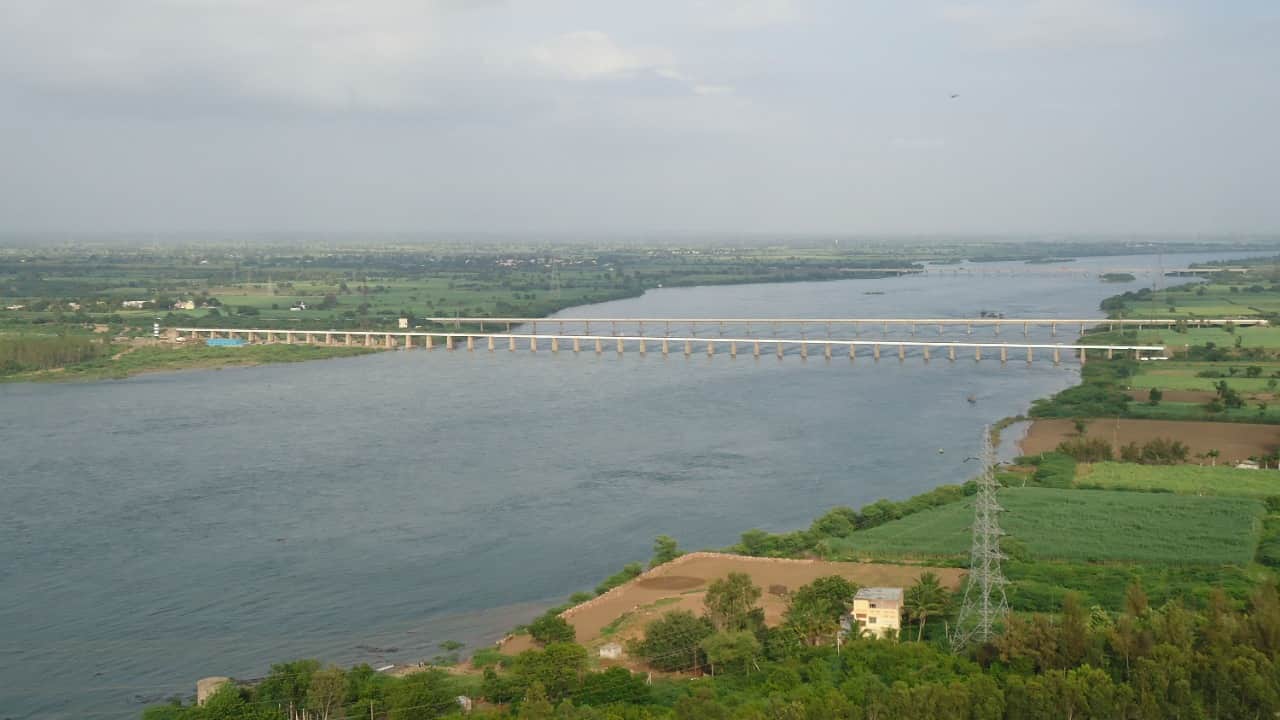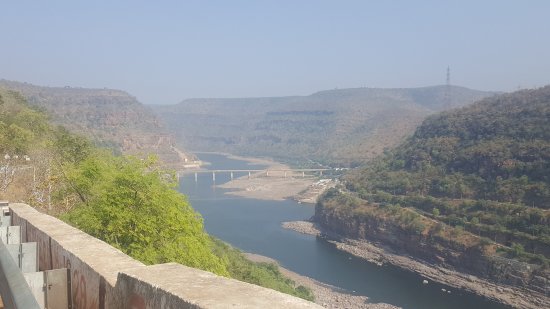Krishna River

Rivers are the arteries that nourish the landscapes they traverse, and in the southern expanse of India, the Krishna River holds a position of unparalleled importance. This comprehensive exploration unravels the significance of the Krishna River, delving into its role as a lifeline for South India and the myriad ways it shapes the region’s socio-economic and ecological landscape.
The Krishna River: A Source of Agricultural Abundance
Fertile Plains and Irrigation Networks
Originating from the Western Ghats, the Krishna meanders through the Deccan Plateau, bestowing its waters upon vast stretches of fertile plains. The river’s yearly floods not only replenish the soil with nutrient-rich sediments, but also feed a massive network of irrigation canals. This sustains crop cultivation, making the Krishna the backbone of agricultural operations in the region.
Rice Bowl of South India
The Krishna River basin is often referred to as the “Rice Bowl of South India” due to the extensive rice cultivation it supports. The river’s waters, coupled with innovative farming practices, contribute significantly to the production of rice, a staple food for millions in the southern states. In terms of water inputs and river basin size, it is also India’s fourth-largest river, trailing only the Ganges River, Indus River, and Godavari River.
Economic Impacts and Hydroelectric Potential
Powering Economic Growth
Beyond agriculture, the Krishna plays a pivotal role in powering economic activities in South India. Industries along its banks benefit from a stable water supply for manufacturing processes, contributing to regional economic growth. As a result, the river serves as a catalyst for industrial development and job generation.

Harnessing Hydroelectric Power
Dams and reservoirs built along the Krishna River use the river’s energy potential to generate hydroelectric power. The electricity generated not only lights up homes but also drives industries, further enhancing the region’s economic prosperity. However, the delicate balance between development and environmental preservation remains a critical consideration.
Navigating Environmental Challenges
Pollution and Urbanization
As urban centers expand and industries thrive, the Krishna faces the challenges of pollution and habitat degradation. Effluents from urban areas and industrial discharges pose a threat to the river’s water quality and the health of its ecosystems. Sustainable urban planning and waste management are essential to safeguard the Krishna River’s ecological integrity.
Altered Flow Patterns
Human actions, like as dam construction and water diversions, have disrupted the Krishna’s natural flow patterns. Striking a balance between water consumption for varied requirements and river preservation is a challenging task that requires careful management.
Conservation Strategies and Sustainable Practices
Community-Led Conservation
Communities along the River are actively engaged in conservation efforts. Community-led initiatives focus on raising awareness about the importance of the river, promoting sustainable agricultural practices, and actively participating in clean-up drives to preserve the Krishna’s pristine waters.
Government Policies and Water Management
Government policies are critical in guaranteeing the Krishna’s long-term use and conservation. Stricter regulations on industrial discharge, comprehensive water management strategies, and the promotion of eco-friendly technologies are crucial components of safeguarding this vital resource.
Conclusion
In conclusion, the Krishna River is not just a water body; it is a lifeline that sustains the very essence of South India. As we navigate the complexities of development, it is imperative to strike a harmonious balance between harnessing the river’s potential for economic growth and preserving its ecological integrity. The River stands as a testament to the delicate dance between human progress and environmental stewardship, and the choices we make today will resonate through the landscapes of tomorrow.
Know More about Krishna River.
What are The Religious Places of Krishna River?
When Did The Krishna River Basin Become a Focus?
Where is The Krishna River Located?
Who Were The Key Historical Figures and Civilizations of The Krishna River?
How to Reach Krishna River?




